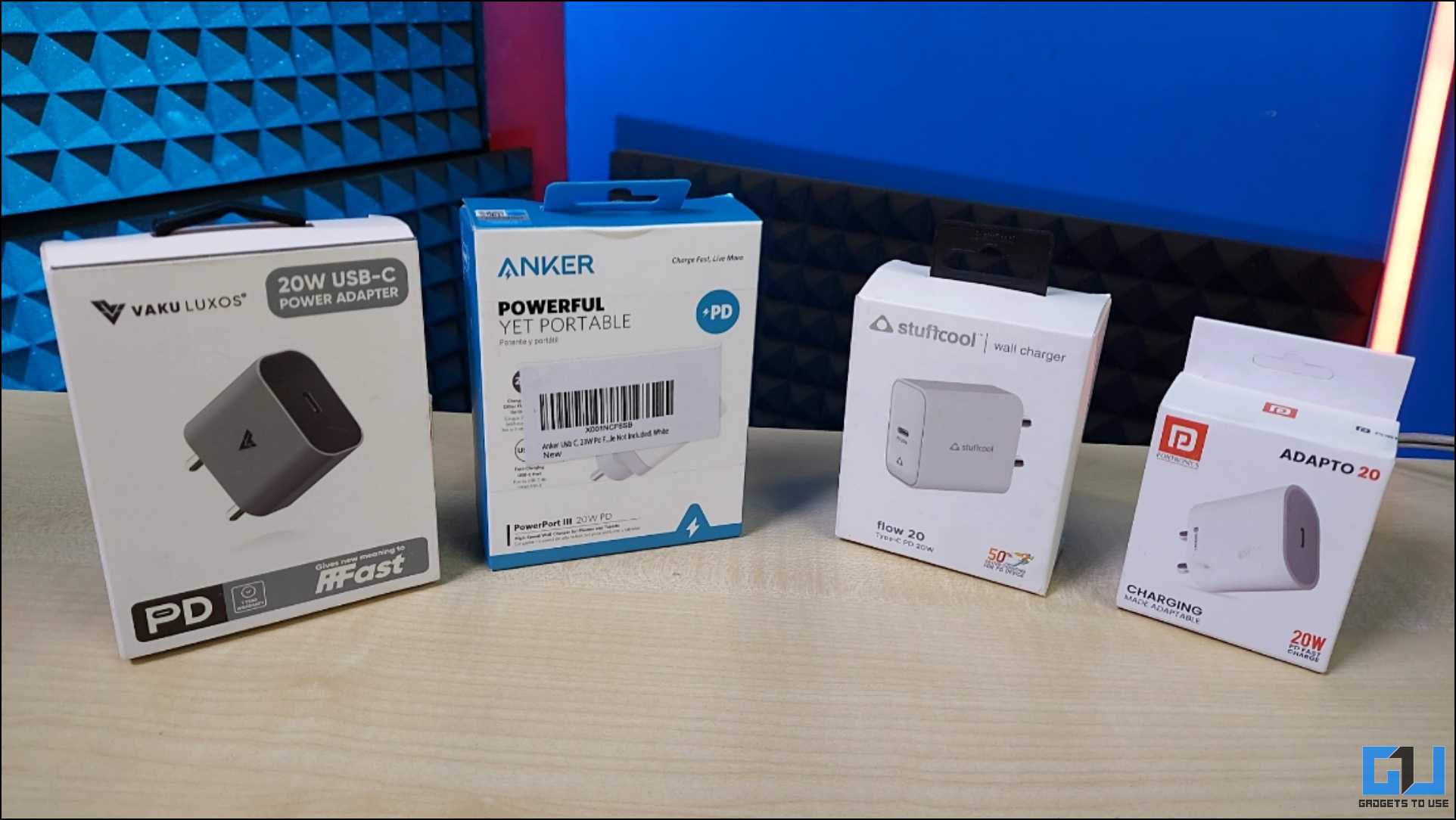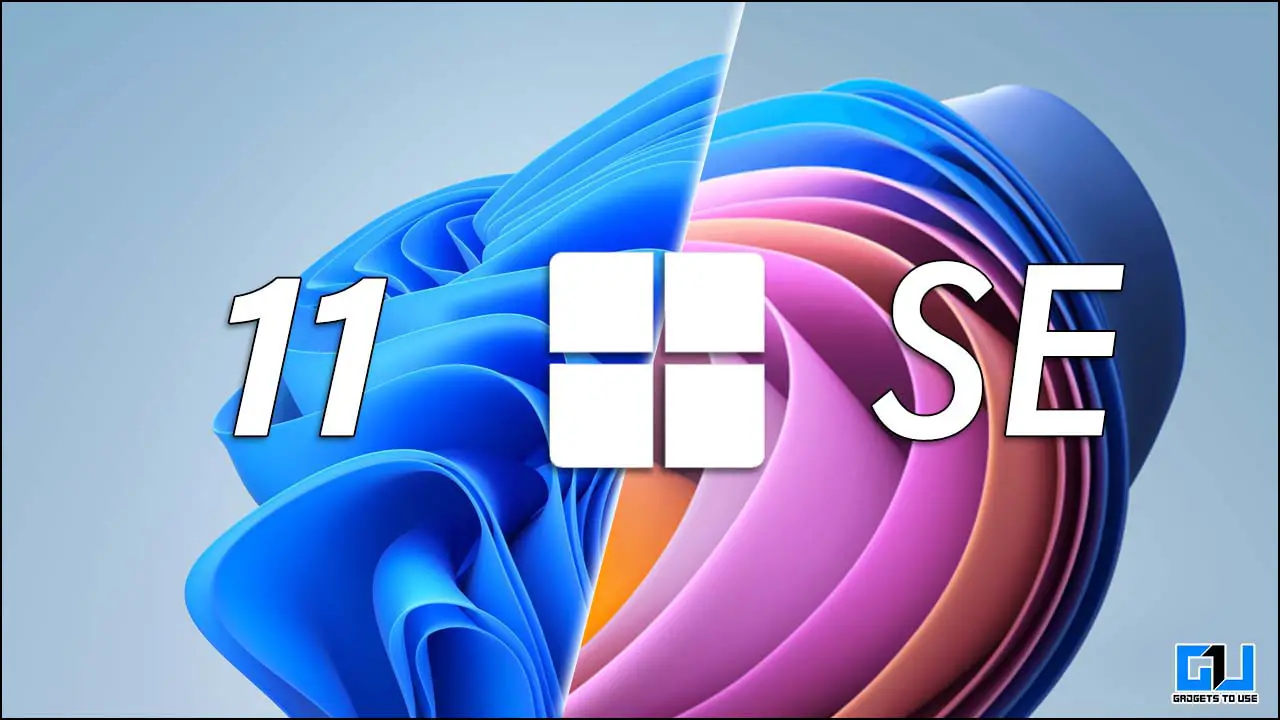Quick Answer
- The Magus comes with a combo of a 12MP rear and 2MP front cameras which puts the 8MP/3MP combo of the Iris Pro 30 to shame, on paper at least.
- Its Micromax Canvas Magnus all the way, unless you’re a fan of the Iris Pro 30 design which we honestly think is an adaptation of the iPhone design.
- In fact, the company labels the device to be result of ‘art’ and ‘smart’, possibly referring to a combination which according to them is the best of both worlds.
Lava recently showcased their Iris Pro 30 smartphone, one which they advertise on its looks. In fact, the company labels the device to be result of ‘art’ and ‘smart’, possibly referring to a combination which according to them is the best of both worlds. On the other hand, the Micromax Canvas Magnus is a relatively cheap quad-core smartphone with a processor that’s faster than most others going around.
Given a choice, which one would you go for? Here’s what we think!
Hardware
| Model | Lava Iris Pro 30 | Micromax Canvas Magnus |
| Display | 4.7 inches, 1280 x 720p | 5 inches, 1280 x 720p |
| Processor | 1.2GHz quad-core | 1.5GHz quad-core |
| RAM | 1GB | 1GB |
| Internal Storage | 4GB | 4GB |
| OS | Android v4.2 | Android v4.2 |
| Cameras | 8MP/3MP | 12MP/2MP |
| Battery | 2000mAh | 2000mAh |
| Price | 15,499 INR | About 13,000 INR |
Display
Micromax’s Canvas Magnus comes with the standard screen size we’re used to seeing on budget devices – 5 inches. On the other hand, the Lava Iris Pro 30 comes with a smaller, 4.7 inch display in an attempt to put itself a class apart. We’re assuming Lava have taken cue from HTC when they released a 4.7 inch flagship when everyone else was doing 5 inches. Back to the comparison, both devices comes with the same 720p HD resolution. This clearly means that pixel density and clarity wise, the Iris Pro 30 is the way to go. However, multimedia buffs might like the extra 0.3 inches of real estate on the Canvas Magnus.
Recommended: Lava Iris Pro 30 Quick Review, Price and Comparison
Camera and Storage
Pretty much everything apart from design (which again is subjective) is dominated by Micromax Canvas Magnus, and this includes imaging hardware too. The Magus comes with a combo of a 12MP rear and 2MP front cameras which puts the 8MP/3MP combo of the Iris Pro 30 to shame, on paper at least. You should totally go with the Magnus if you wish to get some decent photography out of your investment.
On the storage front, both devices do a waste 4GB. When manufacturers provide just 4GB storage, it makes it look like a formality more than anything else. With an MRP of 15,499 INR, the Iris Pro should’ve had 16GB and not 4GB.
Processor and Battery
Both devices come powered by…you guessed it, MediaTek processors. While the more expensive Lava Iris Pro 30 comes with the 1.2GHz MT6589 which is more than a year old, the Magnus comes with the newer and more powerful 1.5GHz MT6589T. Both come with 1GB RAM which perhaps puts the multitasking aspect at par, but there’s no denying that Lava are charging an unnecessary premium on their Iris Pro 30. The fact that the more powerful Magus comes for cheaper stands testimony to this.
Both devices come with 2000mAh batteries, which should, in theory, mean that the Iris pro 30 lasts longer on a single charge thanks to the smaller screen. Lava also claim to have employed a battery saving technique which reduced up to 30% battery. All in all, you can expect the Iris 30 to have a slightly better battery backup.
Conclusion
Its Micromax Canvas Magnus all the way, unless you’re a fan of the Iris Pro 30 design which we honestly think is an adaptation of the iPhone design. Processor, imaging and price favour the Canvas Magnus is a big way, with battery being the only thing going with the Iris Pro 30. However, things might change in a few weeks when prices of the Iris Pro 30 start decreasing. Users who do not need the prowess of a 1.5GHz processor can perhaps look at the Iris Pro 30 if that does happen.













